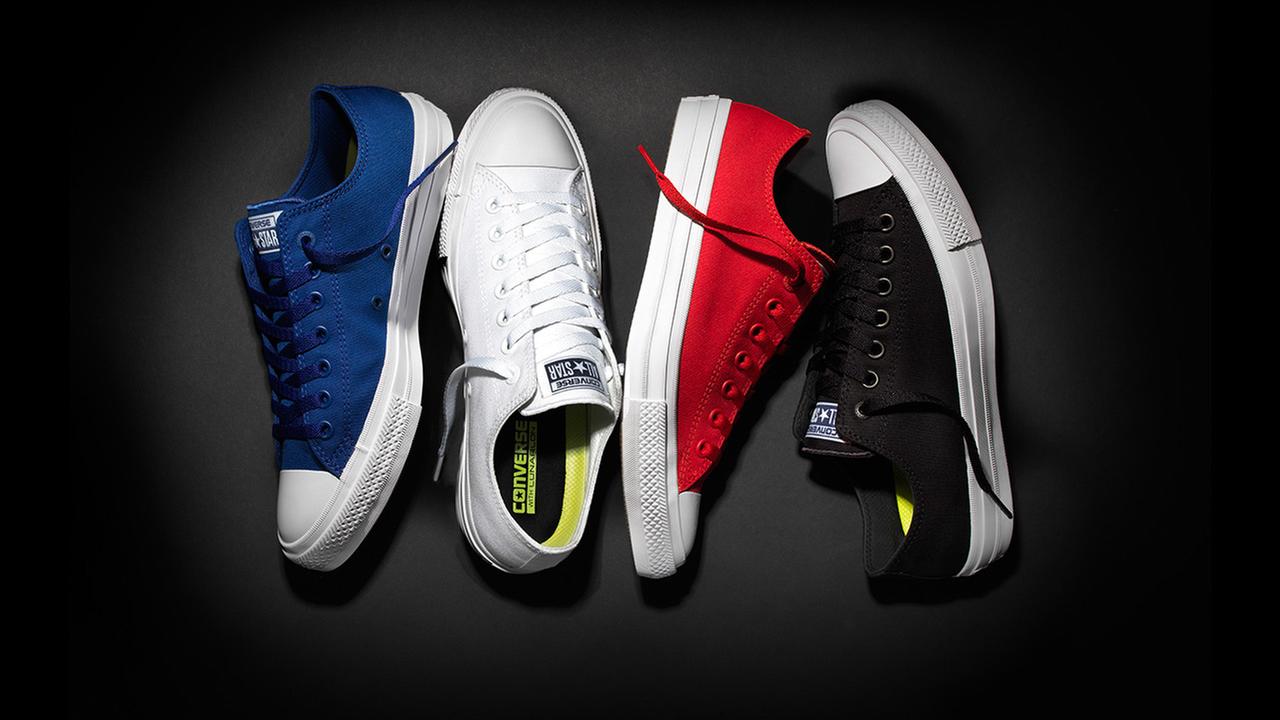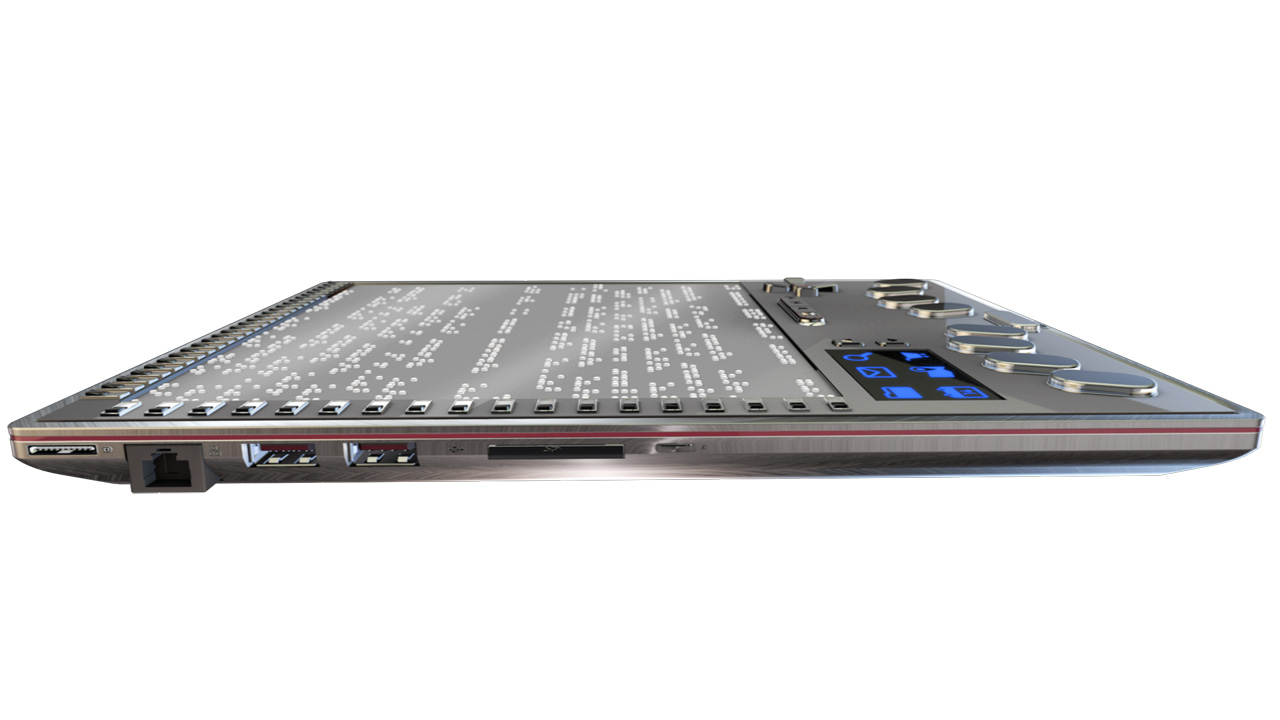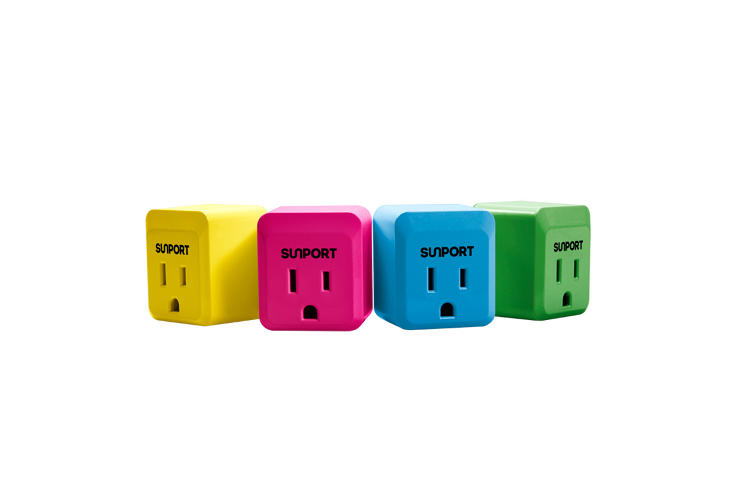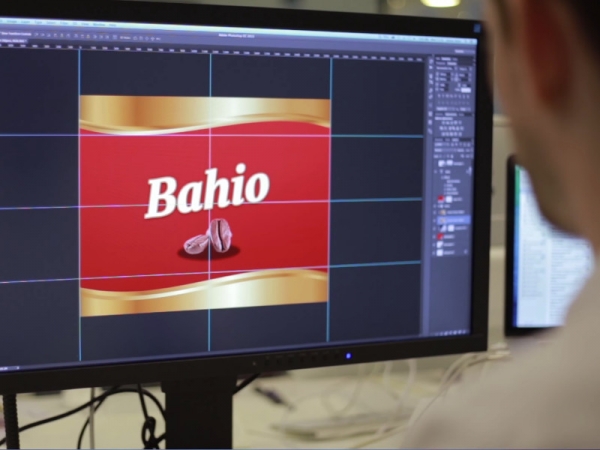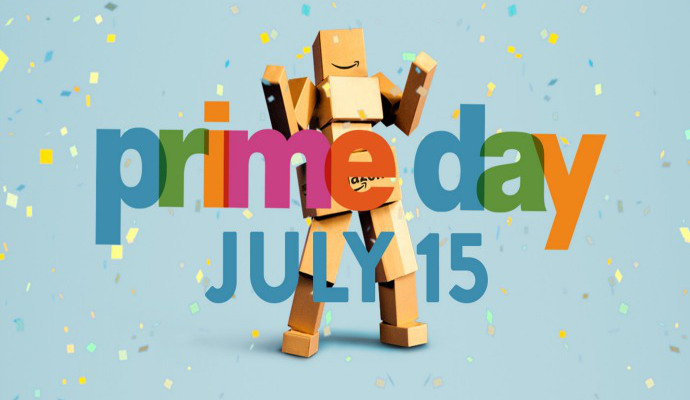Converse is redesigning its hugely popular Chuck Taylor All-Star shoe for the first time in almost 100 years. First introduced in 1917, the canvas shoe quickly became iconic symbol of polished-yet-casual streetwear, and Fast Company has dubbed it “the Coca-Cola of shoes,” with its sales making up a majority of the $1.7 billion annual revenue. However, with this title, a primary concern about its makeover was its potential to become the “New Coke” of shoes, a nod to the much-hated formula Coca-Cola tried to adopt in attempt at rebranding back in the ’80s.
However, Converse has shown its masterful knowledge of fashion revival by unveiling the “Chuck II,” a subtle remake of the shoe. Although at first glance it looks identical to the old design, the details are what distinguish the newer model from its predecessor.
The canvas shell is made of a better quality material, the stitching is nicer, and the eyelets have been reimagined. While sales of the classic shoe have increased ten-fold since 2003, when it was saved from bankruptcy by its acquisition by Nike, a new design after almost a decade is a bold move.
What Sparks Our Fire: A beloved classic shoe gets a redesign, but stays true to its iconic brand
